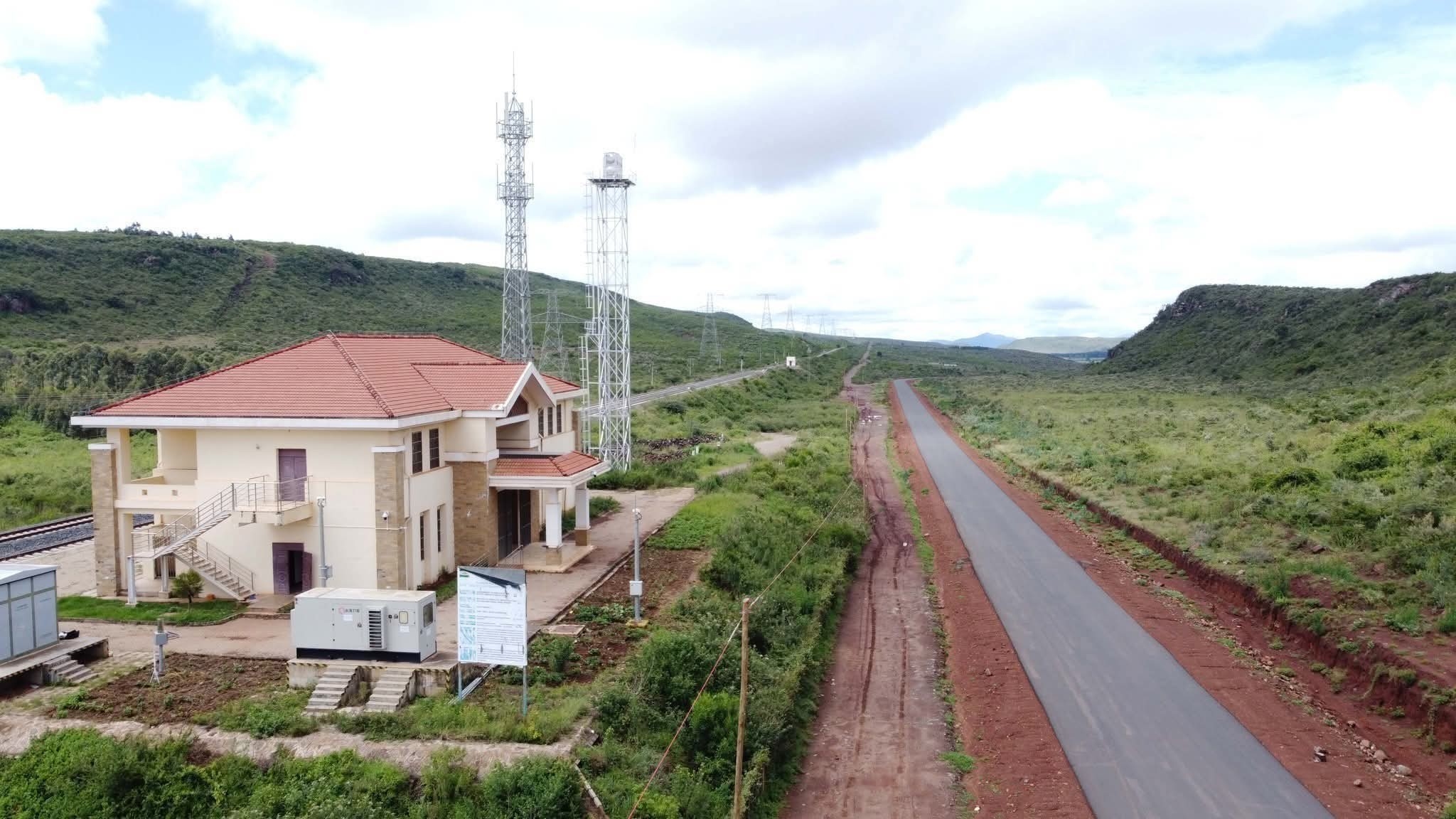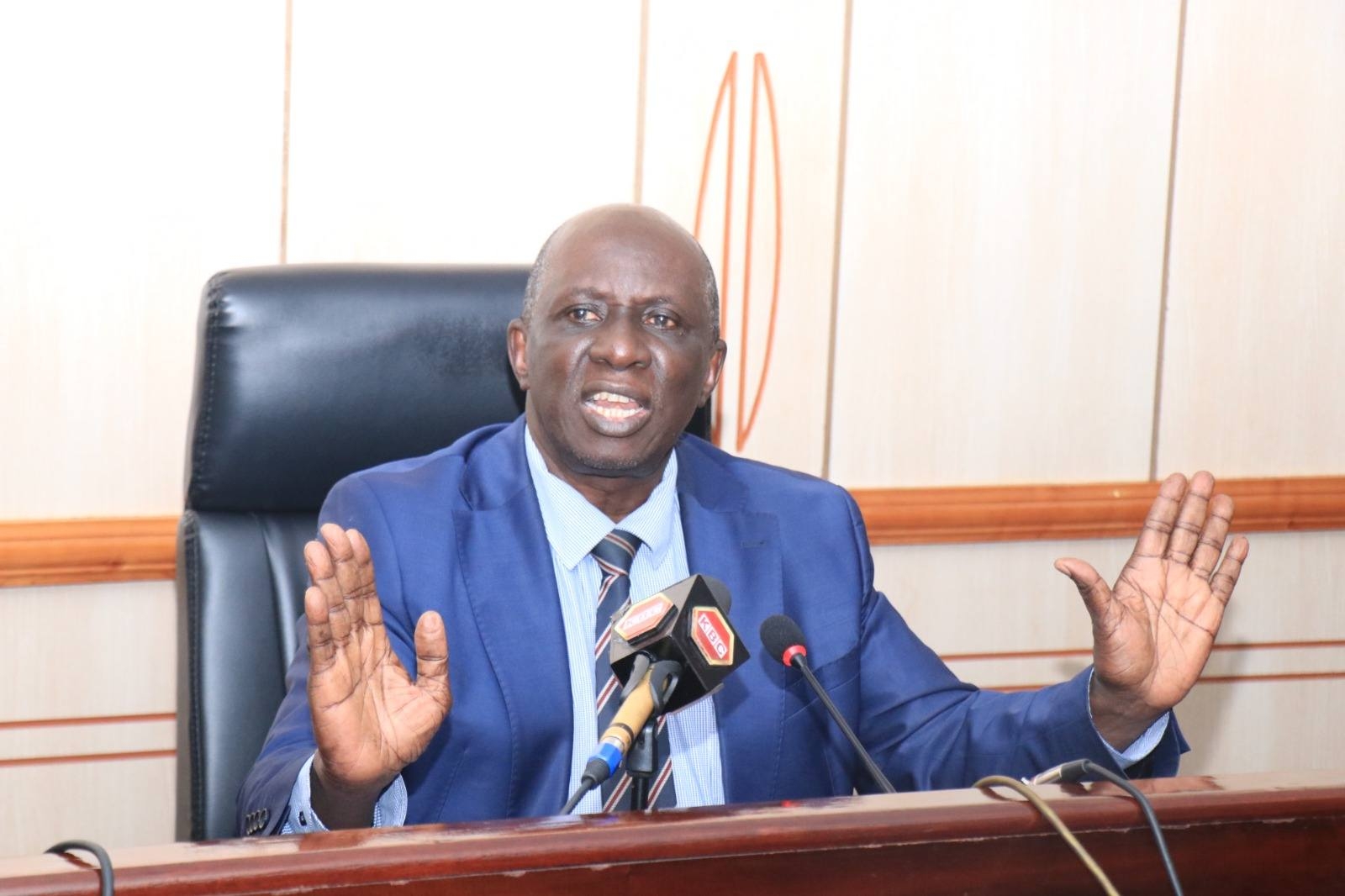Advancements in renewable energy technologies are transforming the lives of small-scale fishermen in Lake Victoria.
The fishermen are increasingly swapping their kerosene lanterns for eco-friendly and cost-effective solar lamps.
Saddam Hussein, who has been a fisherman at Nyachebe Beach in Homa Bay for 15 years, describes night fishing with kerosene lanterns as highly inefficient, hazardous, costly and harmful to the environment.
Fishermen use solar-powered lights at night to attract sardine, commonly known as omena, into their nets.
“The introduction of solar lanterns has significantly transformed our trade and boosted our profit margins while also helping us contribute to environmental conservation,” Hussein said.
Since joining the industry, he has witnessed fishermen transition through different lighting sources.
Initially, everyone used traditional paraffin lamps, which emitted thick smoke into the atmosphere and were easily extinguished by strong winds.
They would later move to pressure lamps, which would go off within a few hours after casting their nets, resulting to poor catches.
Then came the era of lead-acid batteries, where fishermen connected wire cables to bulbs and car batteries to produce light.
“However, this method also posed several challenges, such as insufficient battery power to sustain fishing throughout the night and a lack of knowledge about connecting the lights properly, leading to mini explosions whenever the connections were done haphazardly,” he said.
The Kenya Marine and Fisheries Research Institute estimates there are 48,000 small-scale fishermen on the Kenyan side of Lake Victoria.
This translates to the use of thousands of kerosene lamps on the lake every night, emitting over 35 million tonnes of carbon dioxide annually and contributing significantly to global warming.
To reverse this trend, a social enterprise organisation called WeTu Hub Victoria Limited has established 14 solar-powered energy hubs around the lake.
Tillman Straub, the company’s Director, said fishermen have embraced the innovation.
“There has been a significant decrease in the number of kerosene lanterns among fishermen due to the widespread adoption of solar lanterns,” Straub said.
"This innovation has enhanced the safety and productivity of nighttime fishing activities while reducing reliance on harmful and expensive lighting, thereby mitigating the impact of greenhouse gas emissions.”
Since its inception in 2019, the company has saved the combustion of 2.1 million litres of paraffin, preventing up to 5.8 tonnes of CO2 emissions.
“We rent out the lanterns to the fishermen at a fair price. They are then required to visit our hubs established strategically at various landing sites to obtain the charged lanterns at Sh70 per unit. A fully charged solar lantern can last for around 8-10 hours, enough to last a night’s fishing venture.”
These hubs support over 4,000 fishermen from Migori, Homa Bay, Kisumu and Siaya counties with sustainable solar fishing lanterns.
To meet the growing demand, the company will establish three additional energy hubs at Uhanya and Usenge beaches in Siaya and Muhuru Bay in Migori.
Anthony Ochieng’, a fisherman based at Nyandiwa Beach said the solar lanterns are inexpensive, efficient and easy to use.
Ochieng’ spends Sh700 daily to recharge his ten solar lamps at the WeTu Hub, which is still cheaper than using paraffin, whose cost has been rising over the years.
“Rechargeable lamps provide a better option for us by reducing our expenses on fuel. We are now making more profits with relatively low operational costs,” Ochieng’ said.
KMFRI Researcher Nathan Lenjo said the use of solar lamps contributes to increased harvests of omena.
Reports from the Lake Victoria Small Fish Project 2024, conducted by KMFRI, indicated that solar fishing lights yielded higher fish catches per haul.
“Solar lanterns are superior because their light penetrates deeper into the water than kerosene light, attracting more omena and resulting in higher catches,” he explained.
The study, conducted at Sori Beach in Migori county, revealed that many fishermen had shifted to solar lanterns due to their higher profitability.
Chairman of Nyachebe Beach Management Unit, Michael Oswago, agreed that most fishermen have embraced safe and cost-effective solar lamps.
Despite the high adoption rate, some have not yet been supplied with solar fishing lamps and are eager to own them.
“To operate effectively, one boat needs between 8-15 solar lights every day. Many fishermen in rural communities still lack these crucial items to aid in fishing,” Oswago said.
“We appeal for more affordable lighting solutions to extend the reach of solar lanterns to small-scale fishermen and low-income households,” he added.












